{Originally printed in the Fall 2007 issue of The Old Schoolhouse Magazine}
 When I was around the age of 10, my sweet grandmother gave me one of my most treasured possessions: her McGuffey’s Second Reader. Having grown up in the public/government school system, I was always amazed that my grandparents had to actually buy their school books. Wouldn’t they laugh if they knew that I now homeschooled and we, too, have to buy all of our children’s books?
When I was around the age of 10, my sweet grandmother gave me one of my most treasured possessions: her McGuffey’s Second Reader. Having grown up in the public/government school system, I was always amazed that my grandparents had to actually buy their school books. Wouldn’t they laugh if they knew that I now homeschooled and we, too, have to buy all of our children’s books?
But when my grandma gave me her old, worn book; when she could still recite stories and poems that she had memorized from them as a child, I just knew that there had to be something special about them. That simple gift began a life-long love for books. Especially the collection of old books.
Once I began homeschooling I would find old books at antique shops, garage sales or on the web. But I had little idea that some old books were being re-published…even whole sets…and I have since used these books time and time again. The two sets we will discuss here will be McGuffey’s Eclectic Readers and Ray’s Arithmetic.
The first set I happened upon were the McGuffey’s Readers. I couldn’t believe my eyes! There, in the gift shop of an historic park, was a whole set of seven readers! And what they contained didn’t disappoint me; the stories and the art work are exactly as the antique volumes were. Little did I realize, until I owned the whole set, that those seven volumes do not actually follow grade years; the seventh reader could actually be considered college-level reading by many. But let’s start from the beginning…
McGuffey’s Eclectic Primer begins with display pages of the upper and lower case alphabet and continues on as a wonderful reader for beginners. If your child has already begun by using other reading programs (such as last month’s Teach Your Children to Read in 100 Easy Lessons or Hooked on Phonics) this will be a great treat. The lessons start with up to six new words being introduced; each showing the common diacritical markings as in long vowel/short vowel/hard consonant markings. Lesson One begins with simple, one-syllable words such as: A cat and a rat. A rat and a cat. Lesson Five is a review and introduces the student to “slate work.” This is a writing lesson that, of course, you are free to use or ignore. These writing exercises are written in 1800’s-style cursive, so even if your little one has begun to use cursive writing, they still may need a little help deciphering some of the older script, like the open lower-case “p” or “f.” By the end of this little book your children will be reading lovely poems such as:
When the stars, at set of sun,
Watch you from on high;
When the light of morn has come,
Think the Lord is nigh…
The First Reader is more of the same with the addition of two-syllable words and a little more emphasis on cursive (“script”) penmanship. The Second Reader is a more progressive reading plan; it has a more detailed “Table of Vocals,” which is a more detailed phonics table and punctuation mark definitions. This volume not only introduces three- and four-syllable words, but is the first reader to actually present each lesson in the form of actual stories. Each story not only uses the newly introduced words, but also teaches lessons in poetry, family values, sibling relationships, forgiveness, animal stories and over-coming fears in priceless prose such as “Afraid in the Dark,” “The Broken Window” and “Kitty and Mousie.” I can still hear my grandma reciting:
“Two black eyes had little kitty,
Black as a crow;
And they spied the little mousie,
Long time ago…”
Moving into the Third Reader, we broaden our range of phonics sounds by adding Diphthongs and Subvocals, along with Exercises in Articulation which includes double vowel sounds and blends. This reader also introduces emphasis by using italics and CAPITALS. Punctuation is expanded by including marks and pauses such as hyphens (-), commas (,), Semicolons (;) and colons (:), among others. Stories are more detailed and expansive as this reader could carry children into sixth or seventh grade. Once again, these stories not only teach but they are a joy to read.
McGuffey’s Fourth Reader, ideal for Junior High level readers, draws readers deeper into phonics and develops the learner’s articulation. This is re-enforced through practice with inflection: the American way of raising one's voice at the end of a question or lowering one's voice at the end of a sentence.
In this reader you will begin to find familiar stories and poems like Robinson Crusoe’s House by Daniel DeFoe and Hugh Idle and Mr. Toil by Hawthorne. And just as the reading matures, you will find that the drawings do as well. Beautiful old engravings with fine detail.
The Fifth Reader not only brings a reader into upper Jr. high but into Sr. high school level reading. With more complex phonics development, the reader will also learn more about inflections: circumflex, monotone, accent, emphasis, pitch and poetic pauses. The Sixth Reader, high school and college level, jumps right in with articulation and dives further in with more on inflection, accent, emphasis and reading verse. The Fifth and Sixth Readers are books that I simply enjoy “just reading.” Here you will find many treasured old stories and poetry: The Village Blacksmith by Longfellow, The Snowstorm by Thomson; Death of Little Nell by Charles Dickens, Patrick Henry’s Speech Before the Virginia Convention…sections of Shakespeare, the Bible, Washington Irving, Daniel Webster. These are lessons that will be well learned.
Another happy find was the whole set of Ray’s Arithmetic. This eight-volume set not only covers Primary to “Higher” math, but also contains a Parent-Teacher Guide, Test Examples and two Key books.
The Parent-Teacher Guide, a new addition to the re-produced set, has great ideas and teaching schedules, of sorts. Even if the publisher had stopped at the Introduction, it would be worth having. You know, right off the bat, that you have a stellar teaching/learning aid when the intro says: “While learning arithmetic, children develop their God-given, natural, Biblical mode of thinking. Biblical thinking begins with the premises that God created everything and that basic truths of the creation are self-evident to us…With this mode of thinking and study, it is natural to view God’s creation as orderly. Stars keep time more perfectly than clocks can ever 
Also in the introduction you will find a chart that shows the suggested grade levels for each book: Primary = first and second grades; Intellectual = third and fourth grades; Practical = fifth and sixth grades; Higher = seventh & eighth grades. Another nice find is a suggested Scope and Sequence and Teaching Tips. My recommendation? “Suggestions” are always fine and appreciated, but remember…these are YOUR children and your school is YOUR school, do what works best for you and yours.
As you may suspect, Ray’s New Practical Arithmetic starts right out with Numbers and Figures…every student must connect one object with the numeral 1 and the name “one.” I was never a “sentence problem” kind of student, but the beginner “Oral Exercises” can be so much fun with the little ones. There is NOTHING like watching those little light-bulbs click on! It has been my experience with other math programs that, in my humble opinion, they start the children on multiplication and division far too early. Even though this Primary book introduces multiplication and division, it’s done in one of the simplest ways I have seen. But, once again, you know your children best, use your own judgment as to when to dig deeper with your children.
Ray’s New Intellectual Arithmetic begins with a review of addition and subtraction including sentence problems, tables and written problems. Since the recommended grades for this book are third and fourth grades, it is a more appropriate time to work into multiplication and division. The tables are laid out perfectly and this would be a good time to memorize them. You will NOT want for exercises; this book is replete with material. From there we move on to Fractions, Tables, Ratios, and Percentages. The detail covered in this volume is something to be admired and you will certainly understand how such a little book can easily be used for two years.
For grades 5 and 6 we move on to Ray’s New Practical Arithmetic. This book takes students into the differences between the Arabic and Roman Systems of Notation and place value. After a review of addition and subtraction, we move into contractions of multiplication and division. From there we move into what my children always considered the “fun” side of math: money, measuring, time, miscellaneous tables, compound numbers, Longitude and time; then on into factors. This point would be a good stopping point for fifth grade so that in sixth grade we can move on to decimals, the Metric System, percentages, interest, exchange of monies from different countries, insurance, taxes, ratio, and beginning geometry. These are very full years!
The last volume is Ray’s New Higher Arithmetic suggested for seventh and eighth grades. Here, you will have the option of reviewing addition and subtraction or moving on to higher multiplication and division. Upon first glance at the Table of Contents it would seem that there will be a lot of review; true on one hand, but not on the other. Once again there will be work on properties, fractions, decimals, ratio and percentage; but we will work at a much deeper level to include what is essentially introductions into accounting principles, taxes, stocks, profit and loss, commission and Algebra.
If you want to teach your children using the tried and true methods that worked so well for our fore-fathers and our grandparents, you will thoroughly enjoy using these wonderful reproduction books. There’s truly nothing like them.
Contacts
You will find both sets available through Christian Book Distributors (CBD) at www.Christianbook.com or 1-800-247-4784. Books can be purchased in completed sets or separately.




















 Edinburgh
Edinburgh
















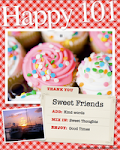


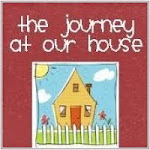



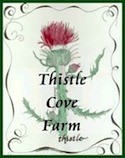



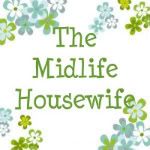























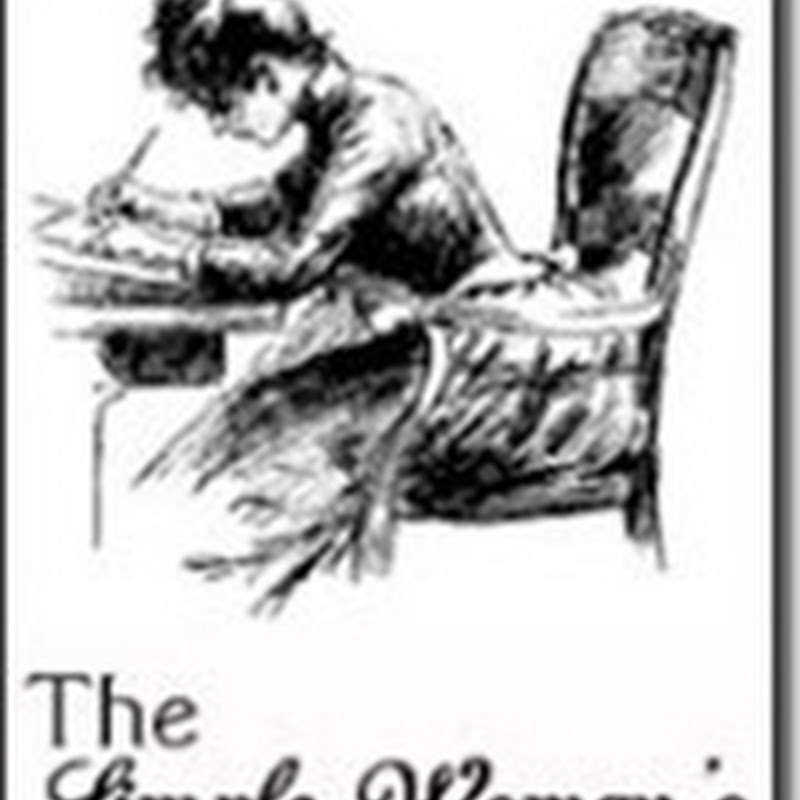





















I love old books too.
ReplyDeleteBefore we moved down here, I bought a set of McGuffy readers (newer copies) for $5.00 at a used book sale for homeschoolers. I was so pleased with such a good deal and the kids do enjoy the books and stories.
Amy
Thanks for sharing this.
ReplyDeleteOur middle daughter Hannah LOVES McGuffy. We find her reading them all the time.
ReplyDelete